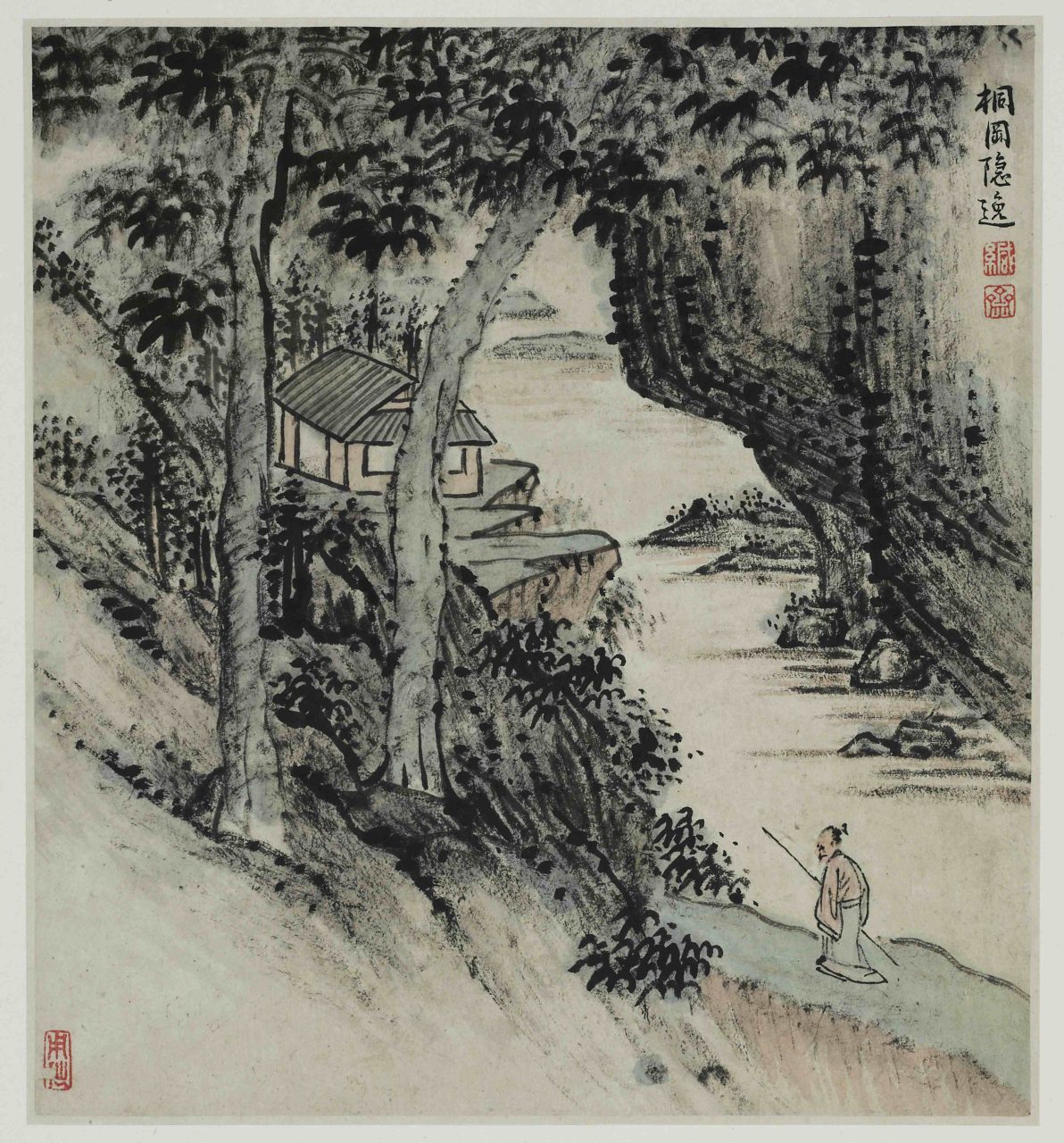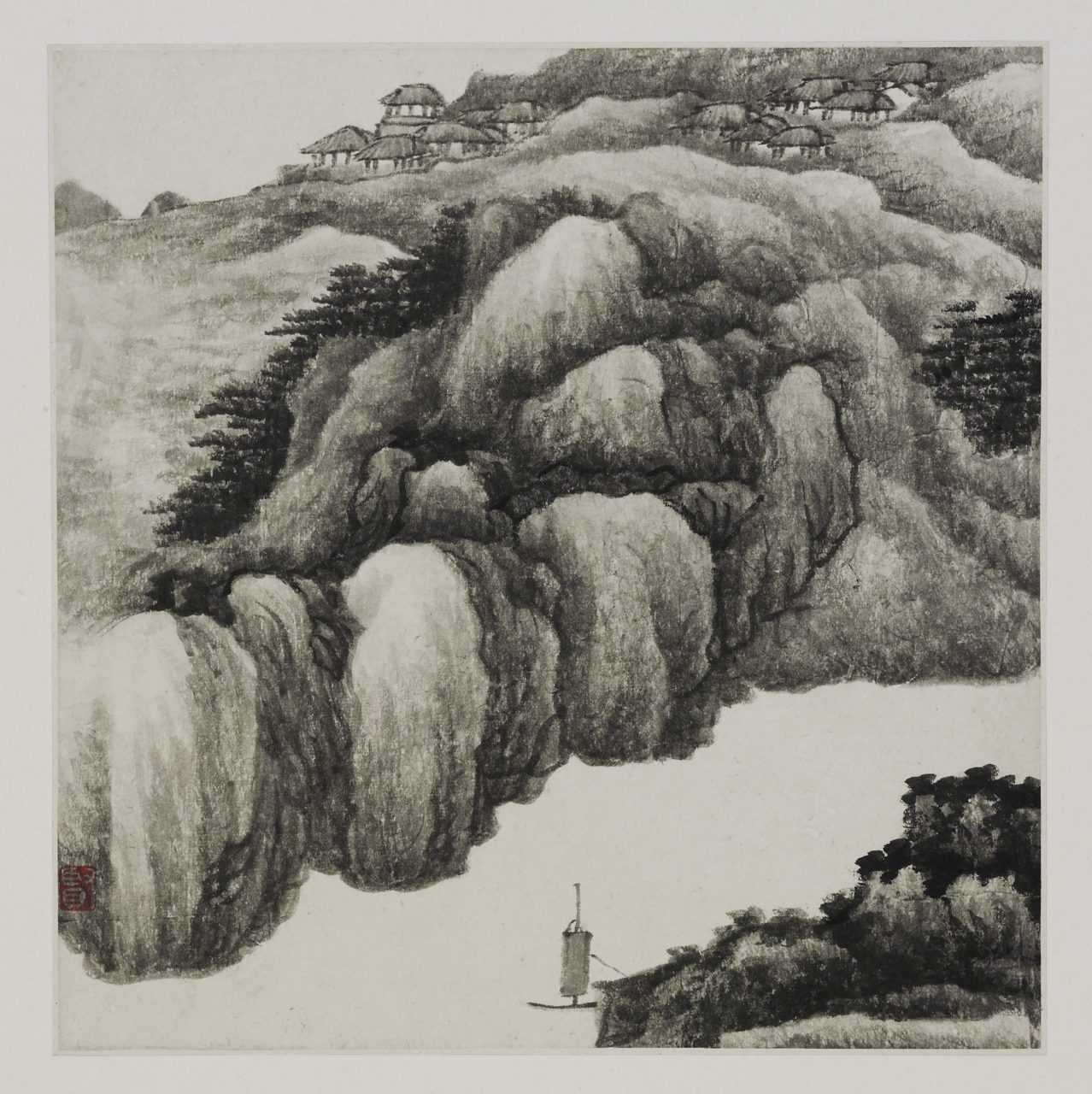To Boldly Go Where No Painter Has Gone Before
Wed, 28 February – Wed, 28 August 2024
| Free admission |
| Room 320 |
| English, German |
| Museum für Asiatische Kunst, 3. OG |
| Opening hours Mon, Wed, Thu, Fri, Sat, Sun: 10:30 am – 6:30 pm Tue: closed |
The turbulent transition between the Ming and Qing dynasties was a period of scientific curiosity and engagement with the material world. Whether Ming loyalists who feared for their existence and expressed themselves through bleak, peopleless landscapes, professional painters who catered to the new market of the emerging middle class, or orthodox court painters whose works followed the tradition of literati painting and were intended to please the emperor: the long 17th century encouraged artists to produce bold new works.
不時則不雋。不窮新而極變則不時
If something is not contemporary (shi), it is not outstanding. It is not contemporary if it does not exhaust the new (xin) and transform [style] to the extreme.
Yuan Hongdao (1568 – 1610)
Curator
Birgitta Augustin curated the exhibition.
This temporary presentation of the Museum für Asiatische Kunst, Staatliche Museen zu Berlin is part of the permanent exhibition of Ethnological Collections and Asian Art at the Humboldt Forum.

